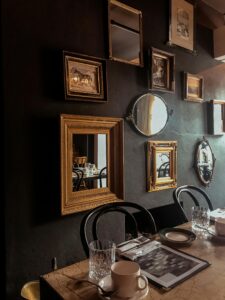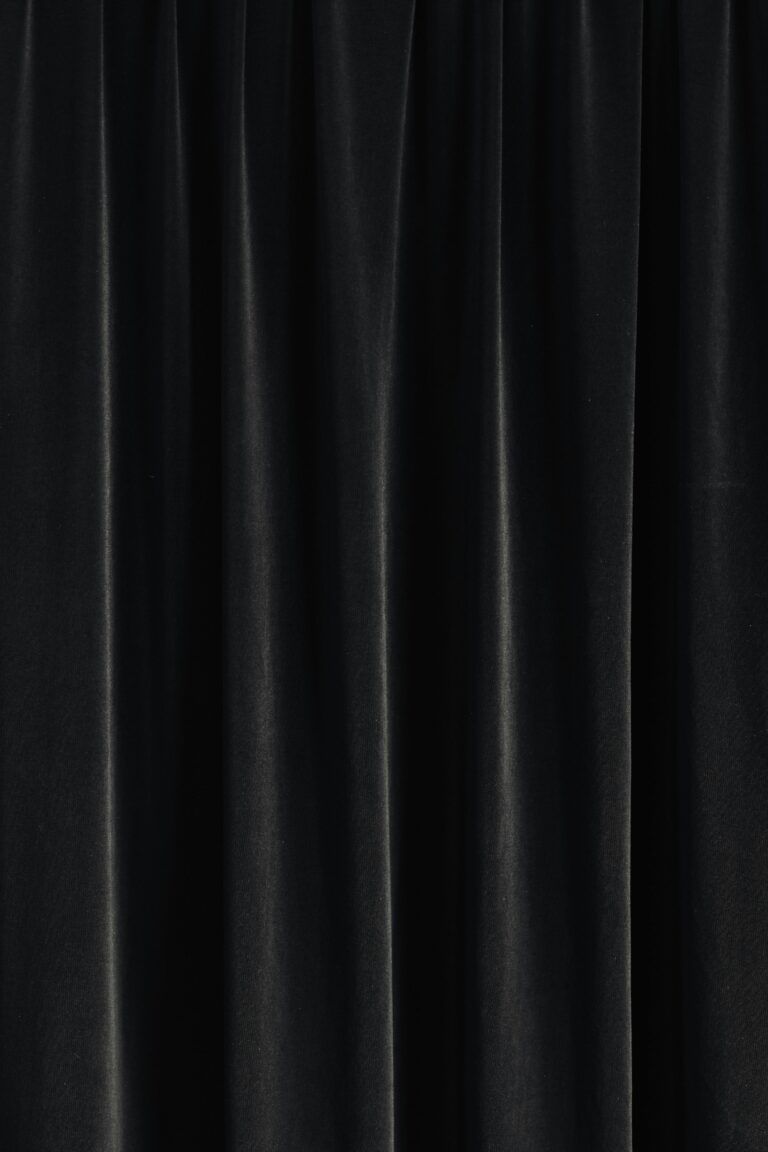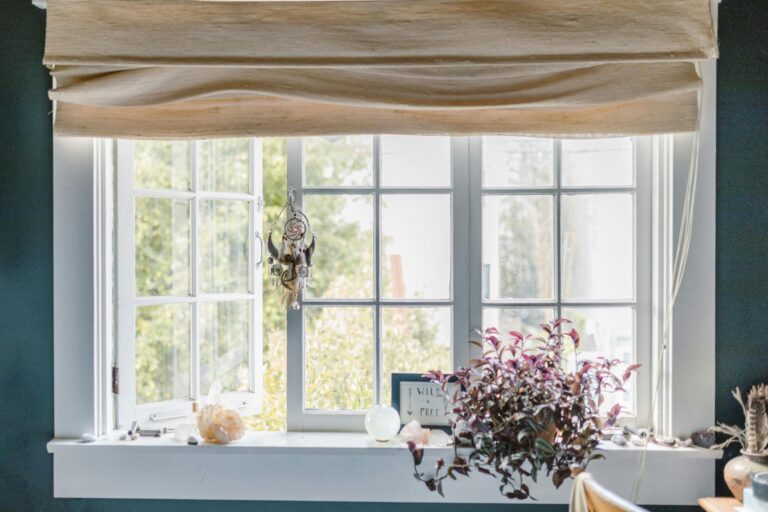Your guests arrive at your home, wheeling designer luggage through your meticulously curated hallways, expecting nothing short of extraordinary. They’ve been spoiled by five-star hotels in Aspen, penthouse suites in Manhattan, and boutique resorts in the Maldives. Yet here they stand, in your guest suite, unconsciously comparing every detail to their most luxurious travel memories. The pressure is real, and frankly, most guest rooms fall woefully short of these elevated expectations. But visionary designers in 2025 have cracked the code, transforming ordinary guest spaces into hospitality sanctuaries that rival the world’s most prestigious hotels. They understand that true luxury hospitality isn’t about mimicking hotel aesthetics—it’s about creating an entirely personalized experience that makes your guests feel more pampered than they ever could in a commercial space.
The psychology behind unforgettable guest experiences
The most successful luxury guest suite transformations begin with understanding a fundamental truth: your guests aren’t just seeking a place to sleep—they’re craving an emotional experience that makes them feel valued, comfortable, and genuinely cared for. Visionary designers recognize that the psychological impact of a space begins the moment someone crosses the threshold.
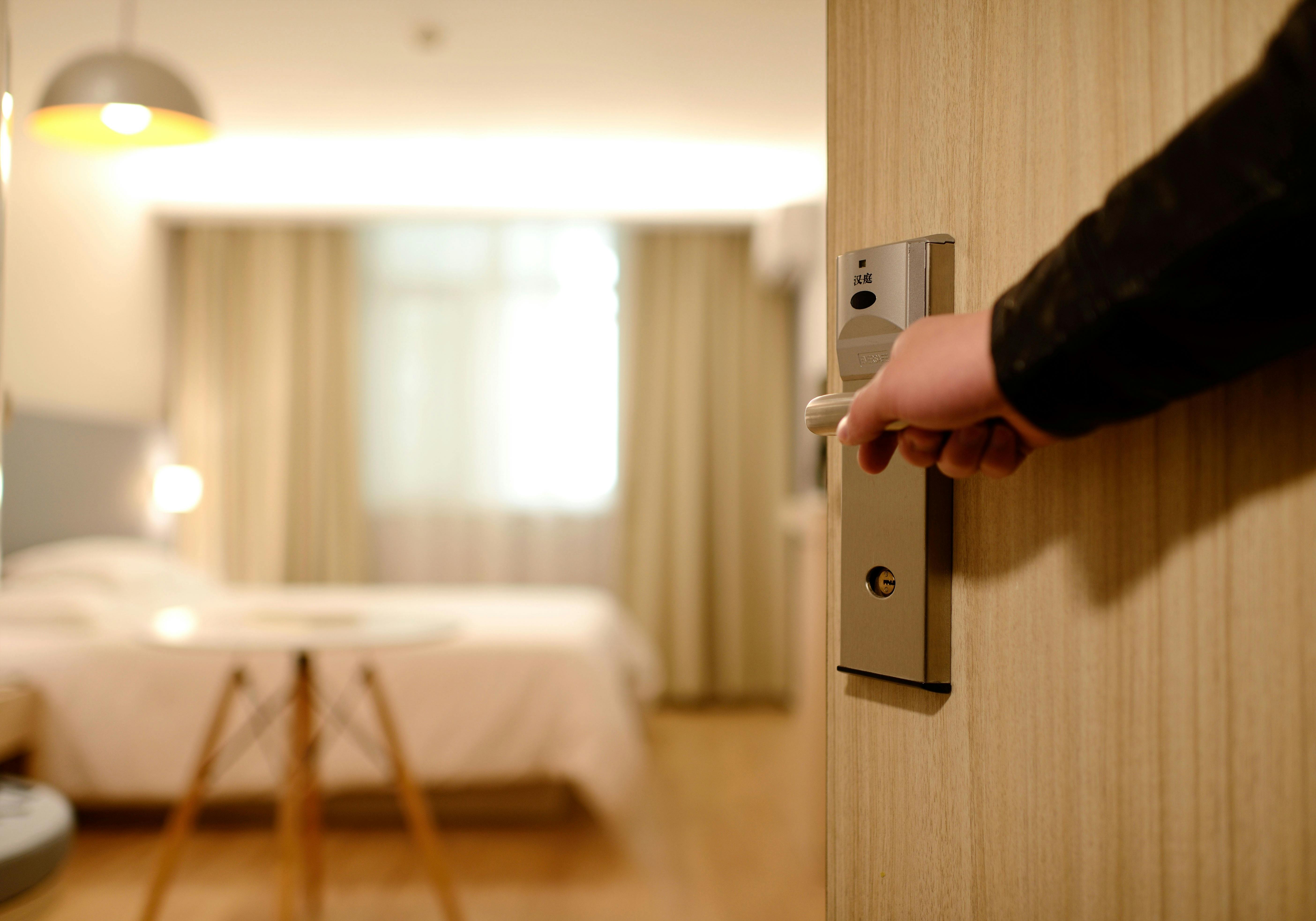
This Photo was taken by Pixabay.
Research from the International Interior Design Association shows that 87% of guests form their lasting impression of a space within the first 30 seconds of entering. This statistic drives every decision visionary designers make, from the strategic lighting design that greets guests to the carefully orchestrated sensory journey that unfolds throughout their stay.
The psychology of luxury hospitality centers on three core emotional needs: autonomy, competence, and connection. Guests want to feel in control of their environment, capable of navigating the space intuitively, and emotionally connected to the experience. When you understand these psychological drivers, every design element becomes intentional rather than decorative.
Creating emotional resonance through thoughtful details
Premium guest suites in 2025 excel at layering meaningful details that speak to these emotional needs. Smart environmental controls give guests autonomy over their comfort. Intuitive layouts and clear sightlines provide competence. Personal touches and narrative design elements create connection.
Consider how the Ritz-Carlton approaches guest psychology: they train staff to notice and remember personal preferences, then anticipate future needs. Visionary home designers apply this same principle through environmental design, creating spaces that seem to anticipate and respond to guest preferences automatically.
Essential elements that define five-star accommodation standards
The difference between a beautiful guest room and a true hospitality sanctuary lies in understanding the operational standards that five-star hotels have perfected over decades. These aren’t arbitrary luxury markers—they’re carefully calibrated elements that address specific guest comfort needs.
| Element | Five-Star Standard | Home Application |
|---|---|---|
| Thread Count | 300-600 count percale | Breathable, hotel-quality linens |
| Pillow Options | 3-4 firmness levels | Pillow menu in bedside drawer |
| Lighting Layers | Minimum 5 light sources | Task, ambient, accent lighting |
| Climate Control | Individual room control | Smart thermostat with scheduling |
| Blackout Capability | 100% light blocking | Layered window treatments |
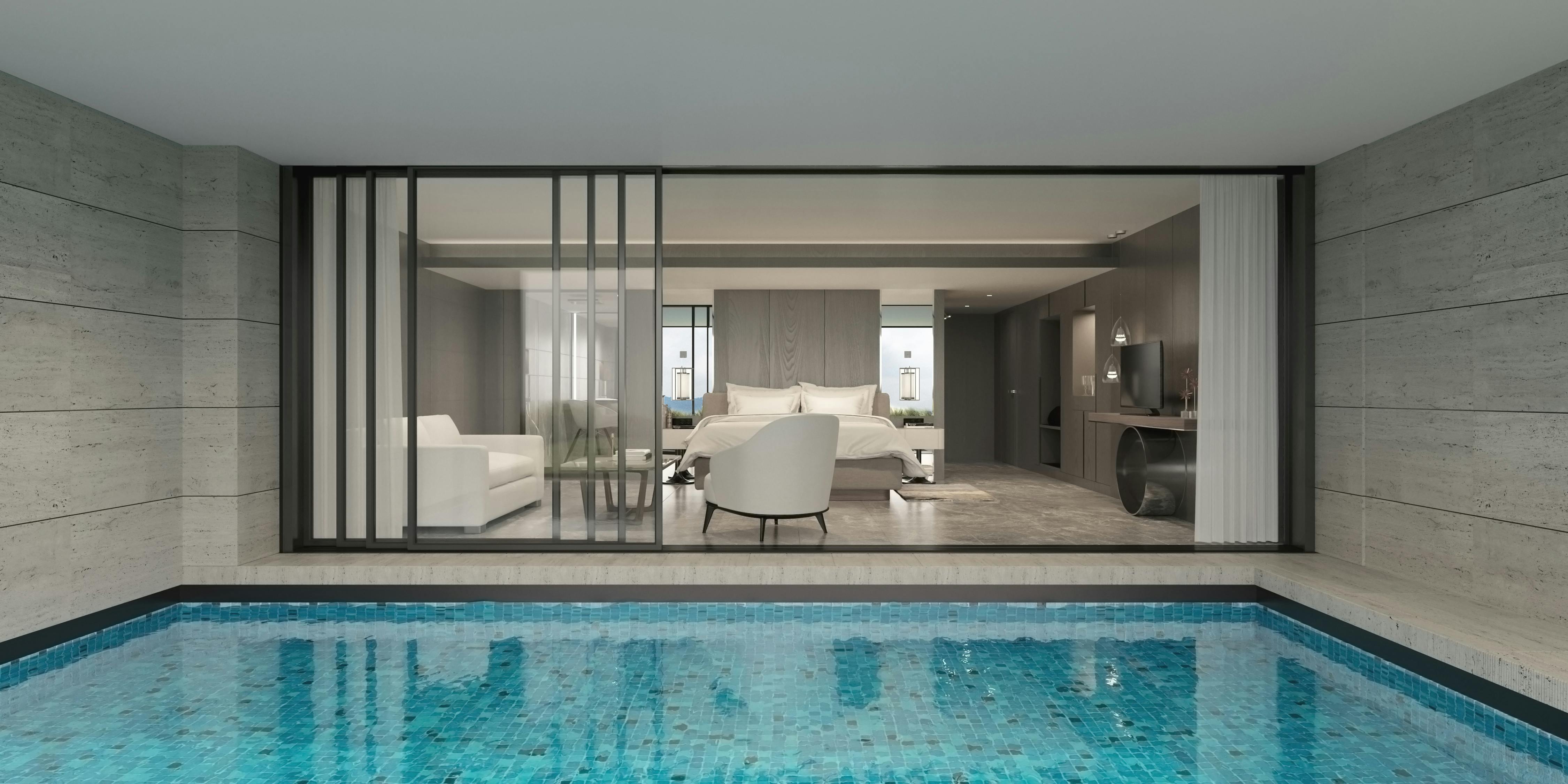
This Photo was taken by Quark Studio.
The most sophisticated guest suite transformations go beyond these baseline standards to incorporate elements that even exceed typical five-star offerings. According to Luxury Travel Magazine’s 2024 survey, the most memorable hotel experiences included personalized environmental settings, intuitive technology integration, and unexpected amenities that felt tailored to individual preferences.
Technology integration that feels invisible
Premium guest suites in 2025 seamlessly integrate technology without creating complexity. The best implementations feel like magic—lights that gradually adjust to circadian rhythms, climate systems that learn and adapt to sleeping patterns, and entertainment systems that connect effortlessly to personal devices.
Smart home integration in guest suites focuses on enhancing comfort rather than showcasing technology. Voice controls, automated privacy settings, and predictive environmental adjustments create an experience that feels intuitively responsive to guest needs. The technology serves the experience, never the other way around.
Spatial planning secrets from hospitality design masters
Professional hospitality designers approach spatial planning with a level of precision that most residential designers overlook. Every square foot is optimized for both function and psychological comfort, creating spaces that feel both spacious and intimate regardless of actual dimensions.
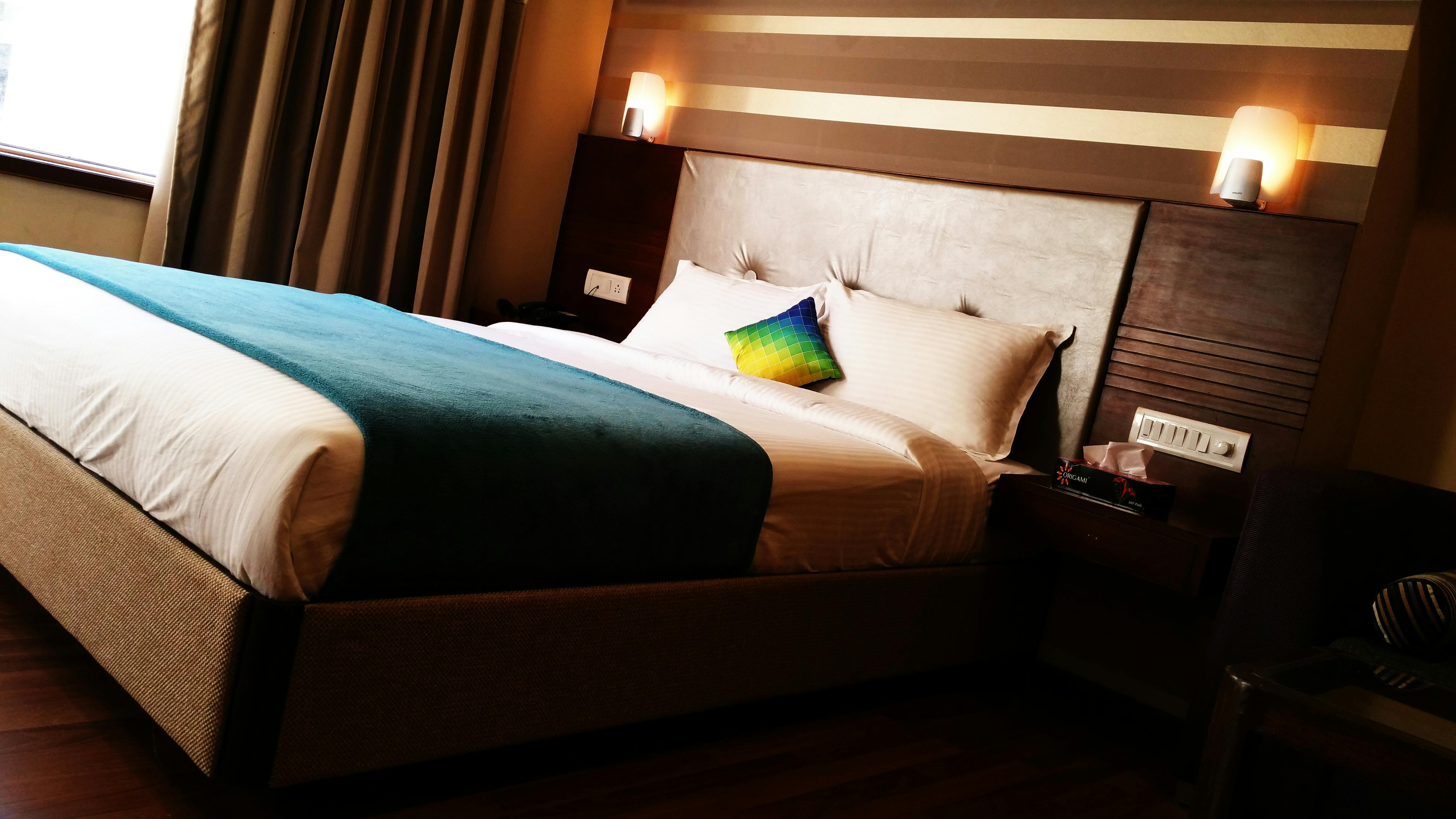
This Photo was taken by Digital Buggu.
The golden ratio for luxury guest suite planning allocates approximately 60% of space to the sleeping area, 25% to the seating/relaxation zone, and 15% to storage and circulation. This proportion creates a sense of spaciousness while ensuring every area feels purposeful and well-appointed.
Circulation patterns in premium guest suites follow what hospitality designers call the “arrival sequence”—a carefully choreographed journey from entry to final settling that builds comfort and familiarity progressively. The entry should offer immediate orientation, the path to the bed should feel natural and unobstructed, and key amenities should be discoverable without being overwhelming.
Creating zones for different guest activities
Successful guest suite transformations recognise that visitors need distinct zones for different activities: arrival and unpacking, rest and sleep, work or personal time, and preparation for social activities. Each zone requires specific lighting, seating, and surfaces to function optimally.
The arrival zone benefits from generous surfaces for luggage, good task lighting for unpacking, and immediate access to environmental controls. The rest zone prioritizes comfort and privacy controls. The personal zone needs flexible lighting and surfaces for various activities. The preparation zone requires excellent task lighting and convenient access to power outlets.
Material selection and sensory design for ultimate comfort
The materials you choose for a luxury guest suite communicate volumes about your attention to detail and understanding of comfort. Visionary designers in 2025 approach material selection like composing a symphony—each texture, surface, and finish contributes to the overall sensory experience.

This Photo was taken by

